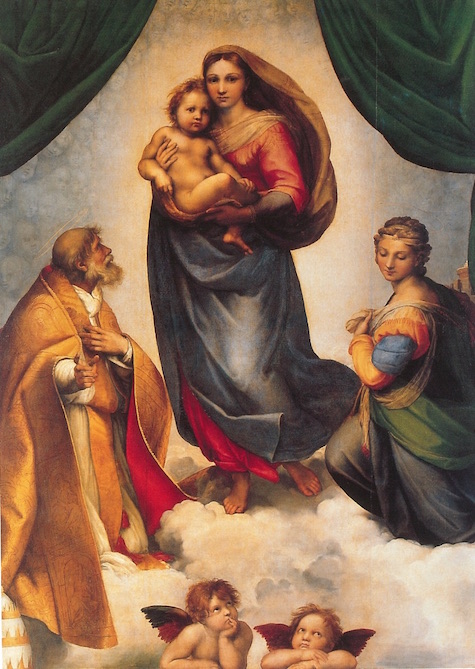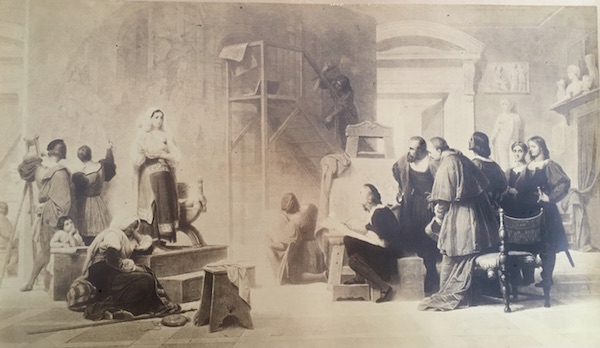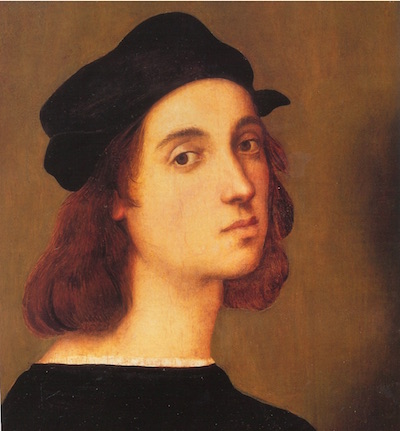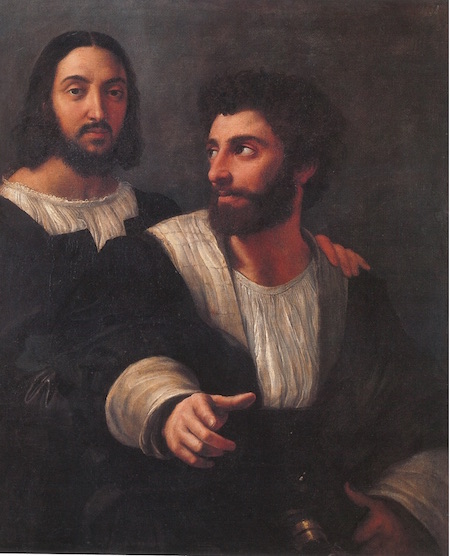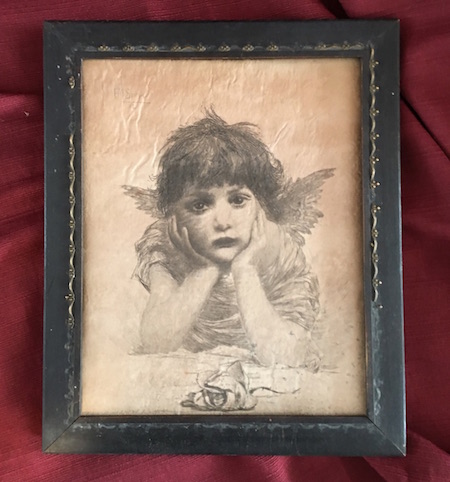Historic Childs, Popular Images of Yesteryear, Part 7 – The Chubby Cherubs
By Bill Lattin & Doug Farley – Vol. 3 No. 8
GAINES – This circa-1875 Victorian print of “The Chubby Cherubs” hangs in the Cobblestone Museum’s Ward House. It’s shown here in its original rustic style or Adirondack frame.
Who is not familiar with this famous duo? The cherubs are not only popular in today’s world, but were reproduced many times over in the 19th century. These two cute little fellows actually date back to the 16th century and were the creation of one of the greatest artists of all time, Raphael.
Although recognizable on their own, many people do not know that these cherubim are actually a small detail extracted from a much larger painting, known as “The Sistine Madonna,” shown above. This painting was commissioned in 1512 by Pope Julius II for the church of San Sisto, Piacenza.
The commission required that the painting not only depict the Madonna and Child, but also Saint Sixtus and Saint Barbara. It is an oil on canvas and measures 104 by 77 inches. Raphael is known for painting around 40 Madonnas, but this is thought to be his last and most extraordinary one. He was 29 years old when this great masterpiece was completed in high Renaissance style.
In 1753, the painting was sold for $45,000 and placed in a Dresden Gallery where an entire room was allotted for it. After World War II, it was relocated to Moscow for a decade before being returned to Germany.

Here we see a small hand colored print, circa 1875, of the Chubby Cherubs.
Now, regarding the legend about these two children in this famous painting. One story is that these were children of a model that Raphael worked from, and they frequently came into his studio to watch. Another story is that they were just street urchins who peered through an open window into Raphael’s studio. He supposedly portrayed them as they rested their chubby arms on the window sill.
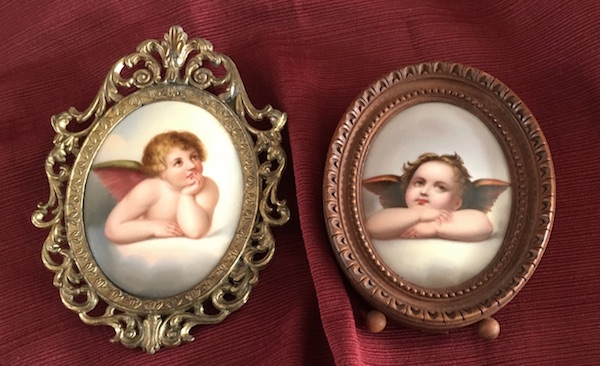
Two small portraits painted on porcelain, circa 1890.
In a photographic print from the 1870s, shown above, we catch a glimpse of Raphael’s workshop studio. The artist is seated in the middle with a drawing tablet. A model for the Sistine Madonna, holding a baby, is standing on a platform. In back of her, to the far left, we see one of these chubby children posed in the usual manner just looking on. To the right in this picture, a church cleric appears to be looking over Raphael’s shoulder, and of course, other people are doing various things within the studio.
It is said that these two cherubs were added to the painting as Raphael finished his work. They may have been introduced to give depth to the piece, throwing the larger figures more into the background. As early as 1913, an art critic declared that “No cherub or group of cherubs is so famous as the two that lean on the altar-top indicated at the very bottom of the picture.”
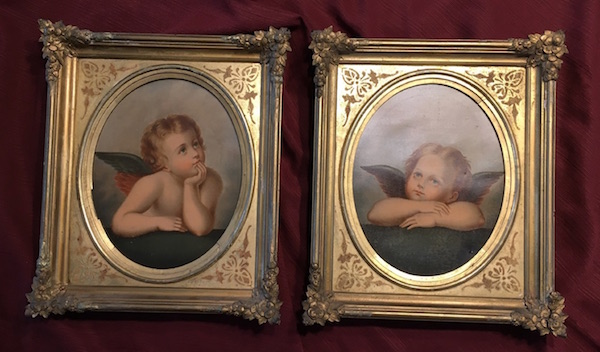
These two chromo-lithographic prints mounted on canvas appear in original frames circa 1870.
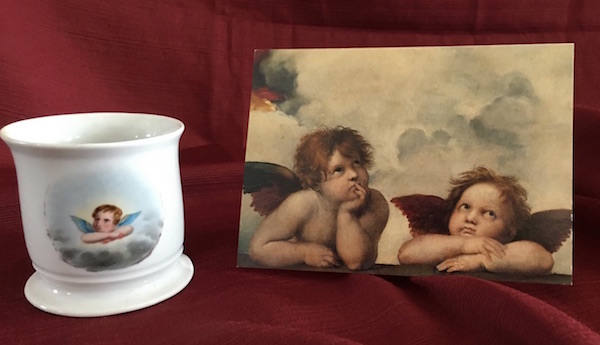
Heavily marketed for decades, the cherubs have been featured on stamps, postcards, T-shirts, bath towels and wrapping paper. A child’s mug from the 1870s depicts one of these cherubs and a modern note card shows both of them.
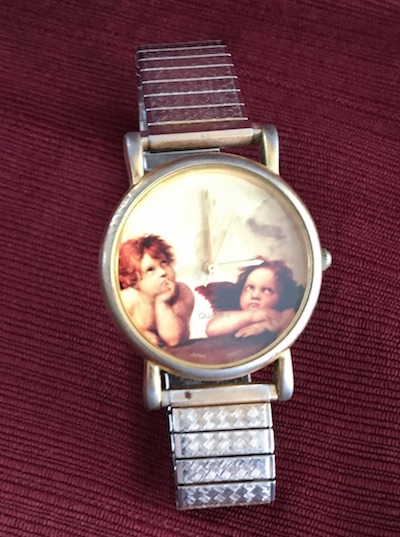
Shown above is a contemporary wristwatch depicting the cherubs.
Raphael Sanzio (1483-1520) was born among the Apennine Mountains on the borders of Tuscany and Umbria. At the age of 17, he entered the studio of Perugino, and at age 19 he began to paint independently. At age 21 Raphael visited Florence, where he learned the precision of Michelangelo and Leonardo da Vinci.
This self-portrait, an oil on wood panel, was done in 1509, when Raphael was 26 years of age. He was enormously productive, running an unusually large workshop as seen in a previous picture showing the interior of his studio. His last 12 years were spent in Rome, where he worked for two Popes. Many of his works are found in the Vatican Palace, where the frescoed Raphael Rooms were the central and largest work of his career.
The double portrait above shows Raphael at left with his fencing master. This painting, an oil on canvas, was completed in 1520, the same year Raphael died at the early age of 37.
Raphael left an immense amount of work for being so young, and as a result, remained and continues to remain an inspiration for artists. Our last illustration, an engraving by F. M. Spiegel, dated 1886, shown above, was surely inspired by Raphael’s Chubby Cherubs.
























